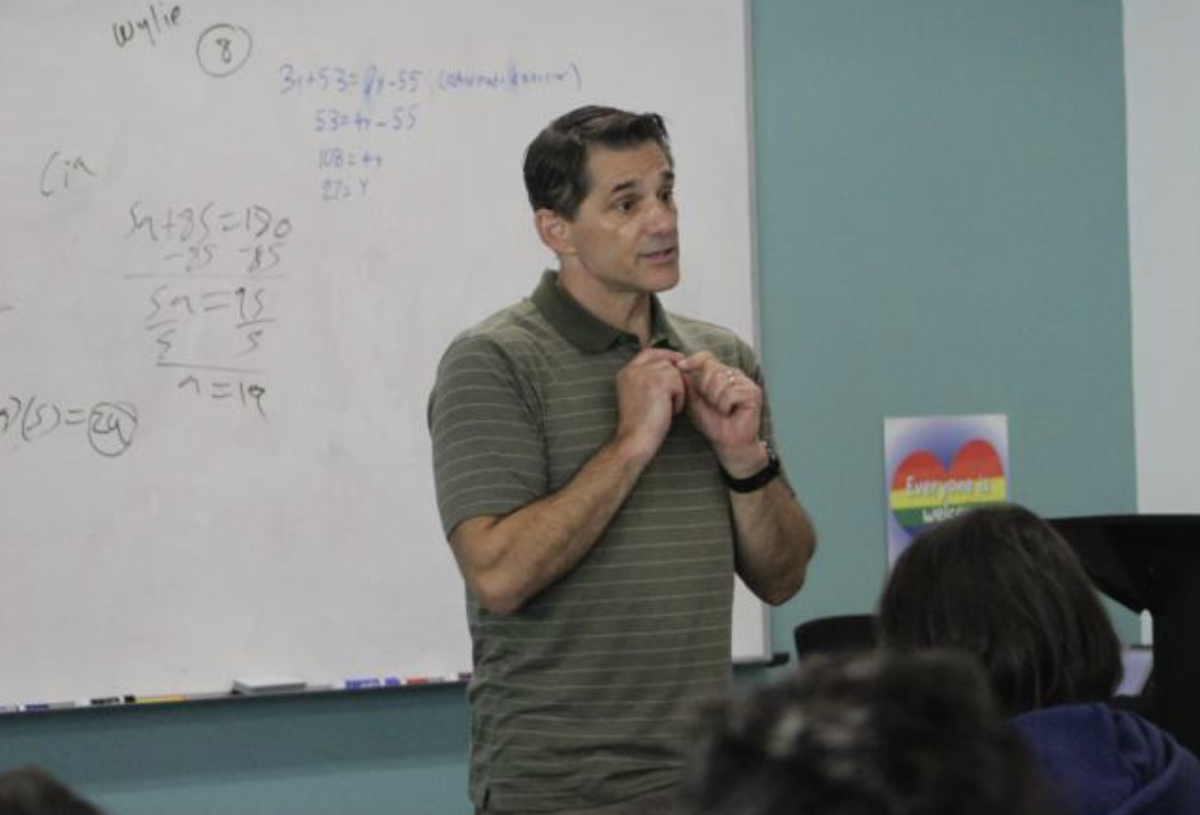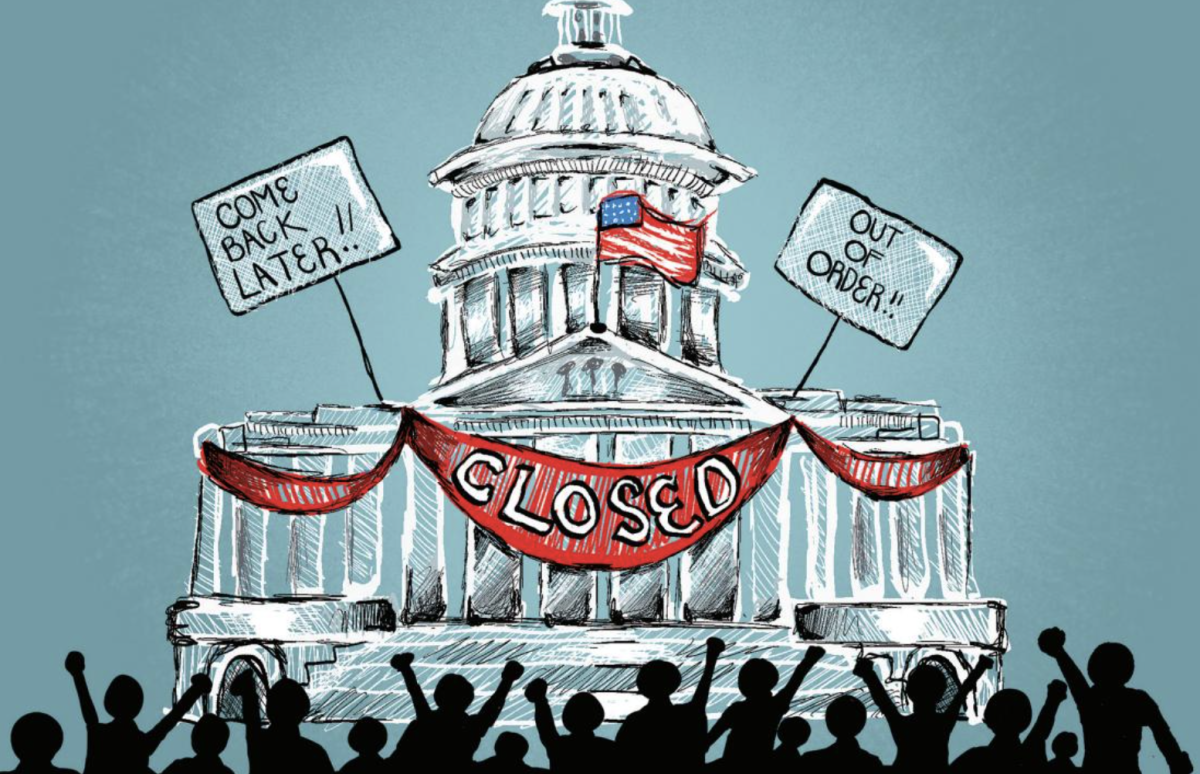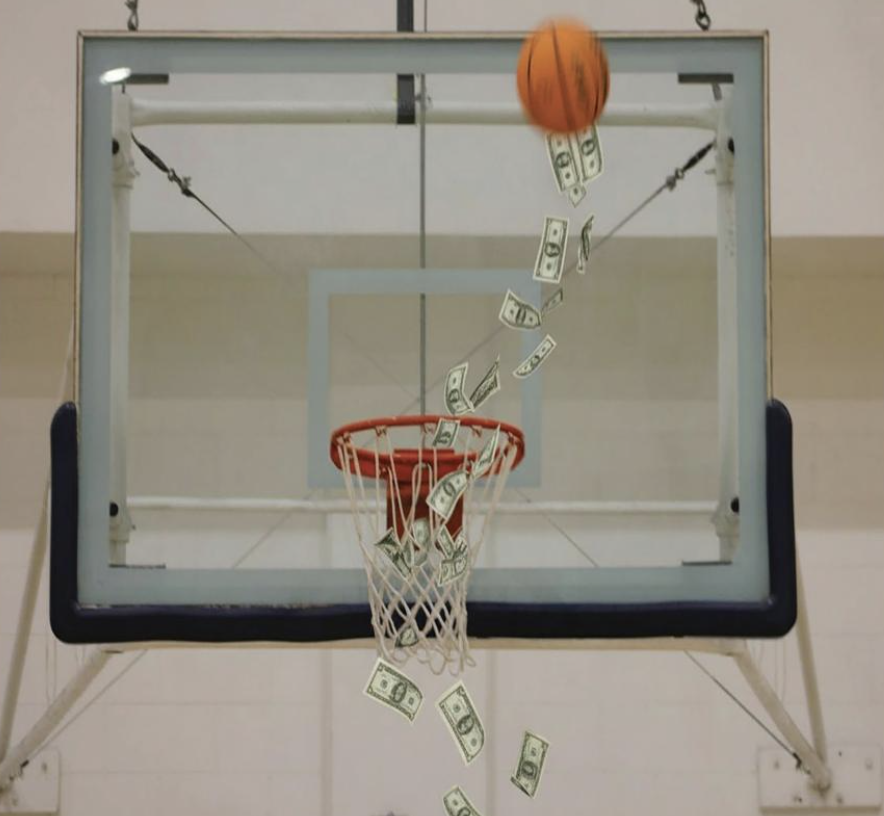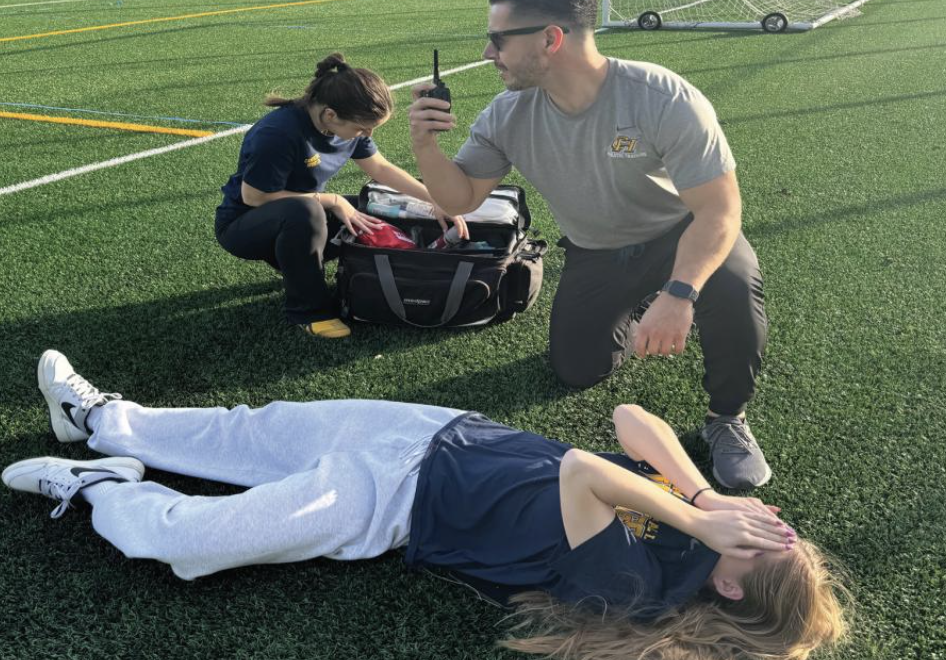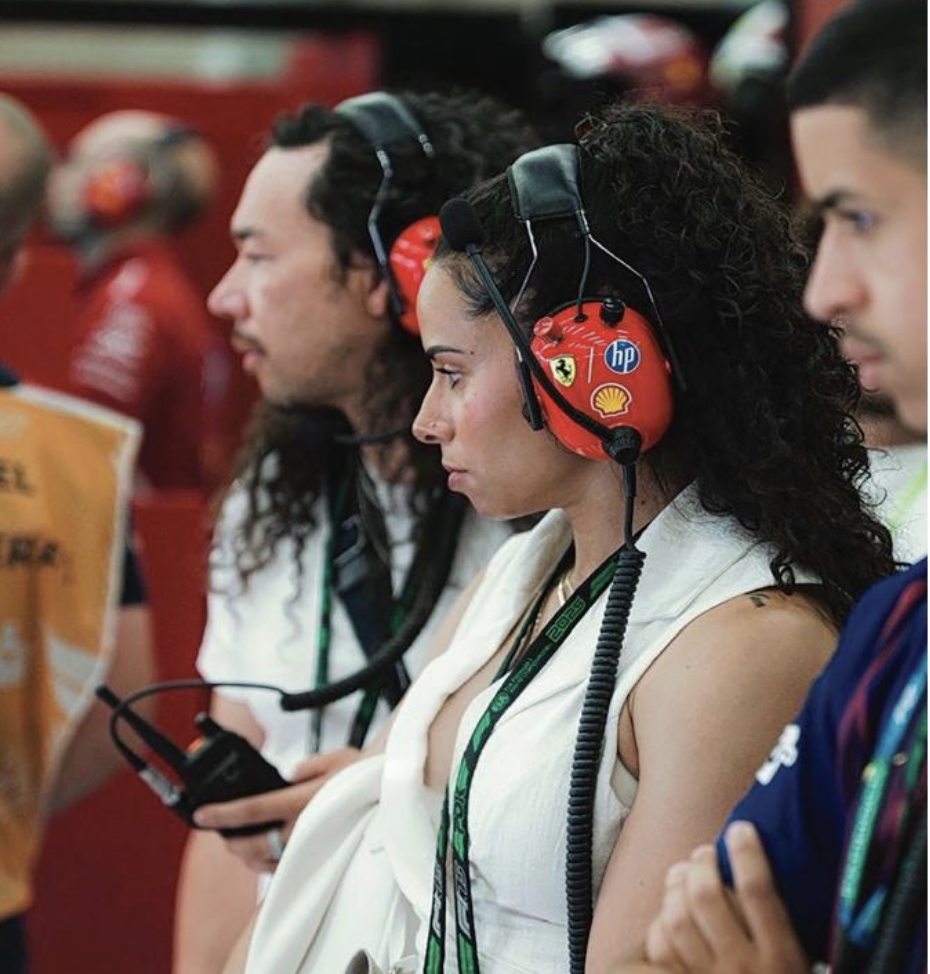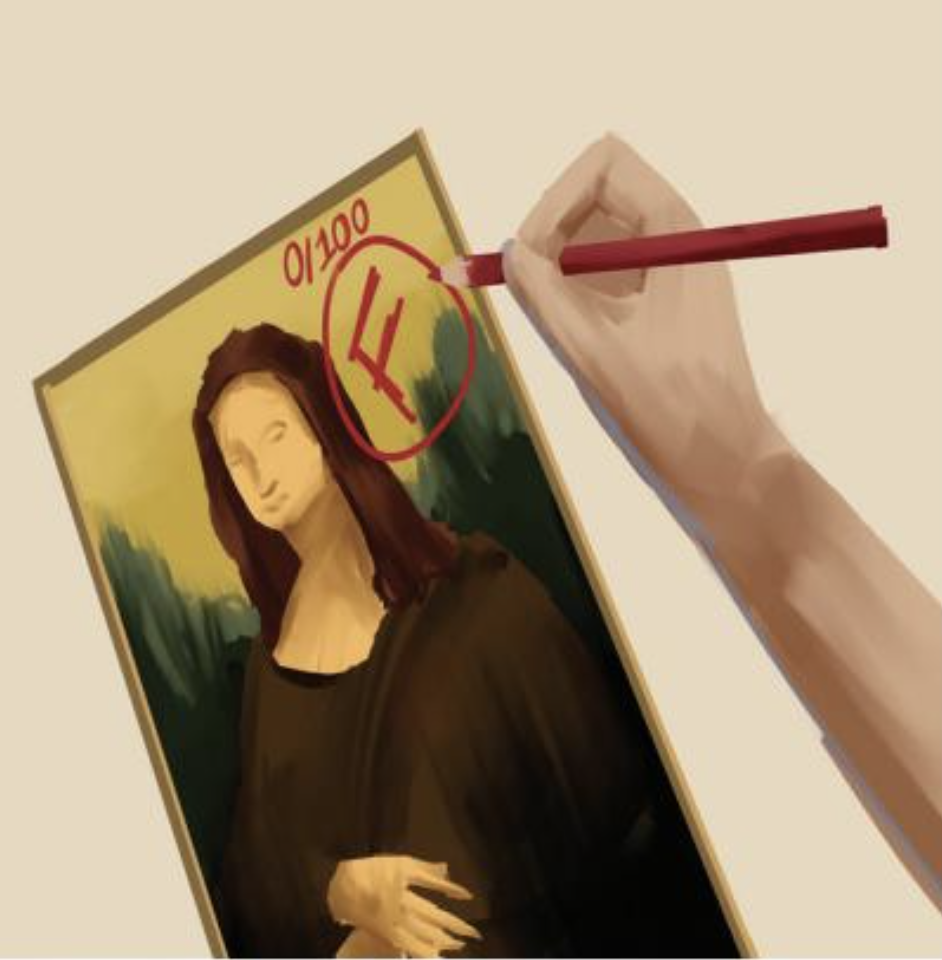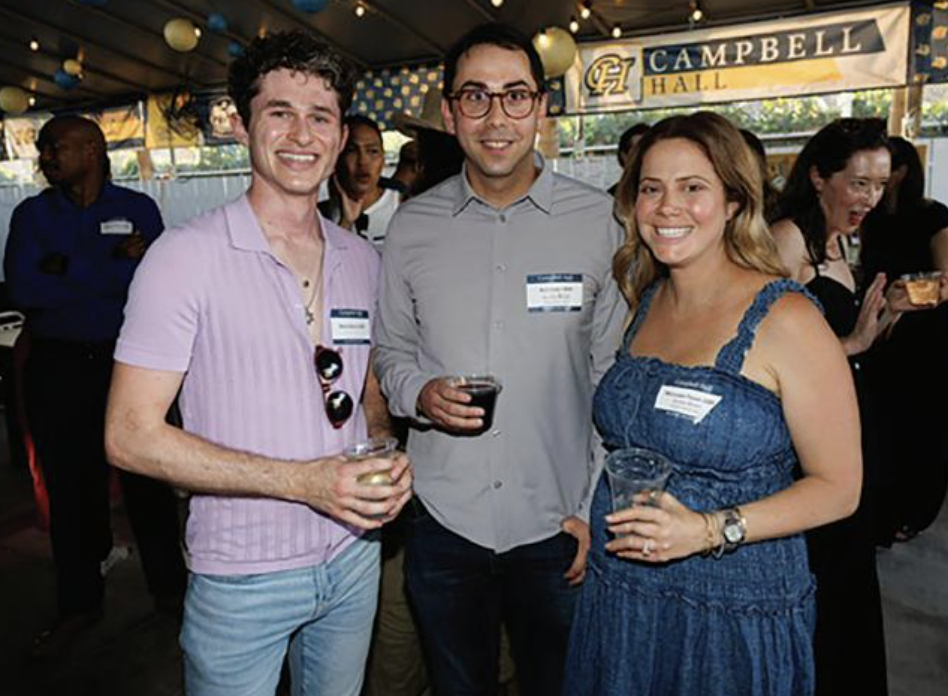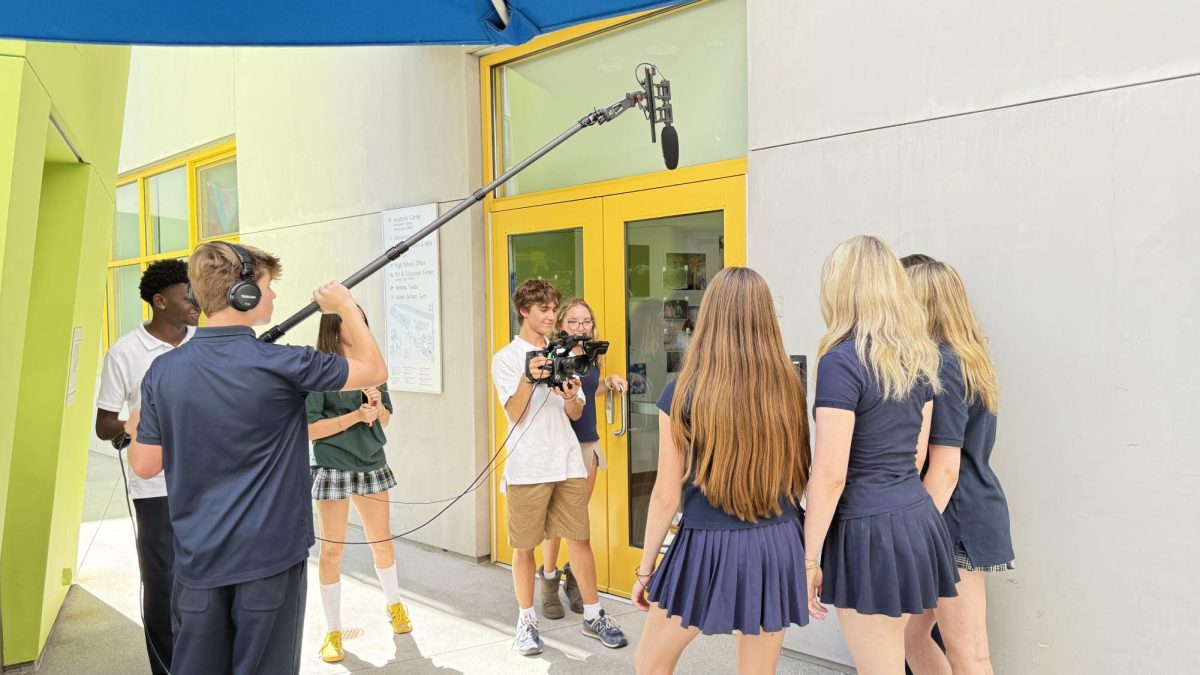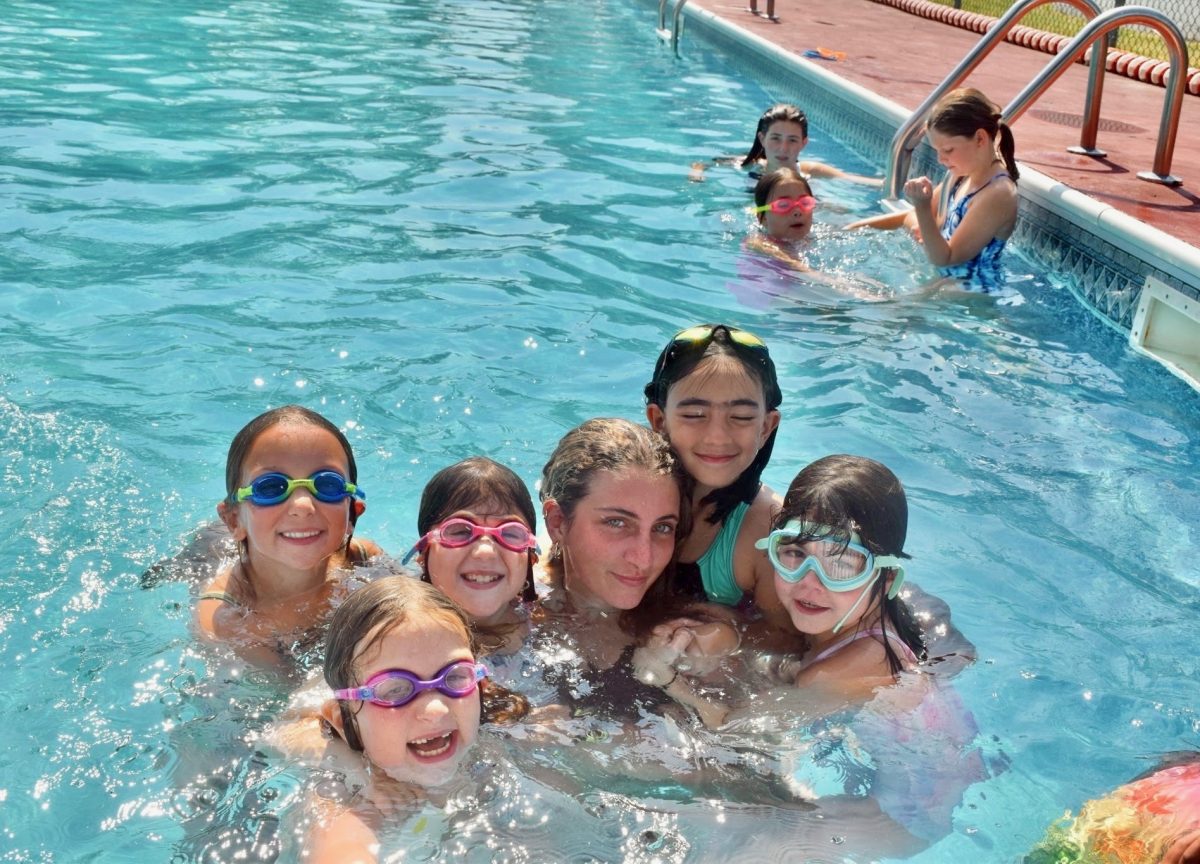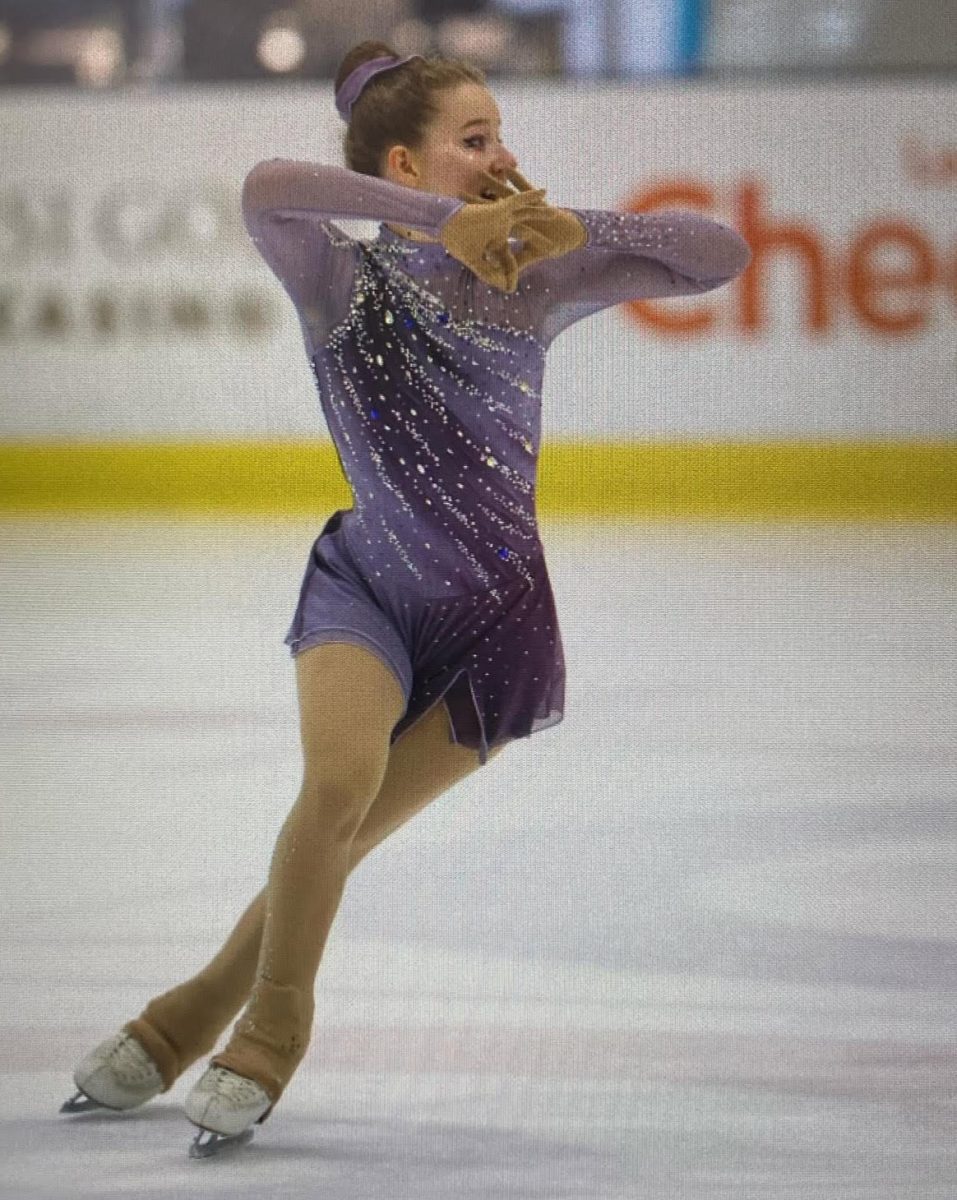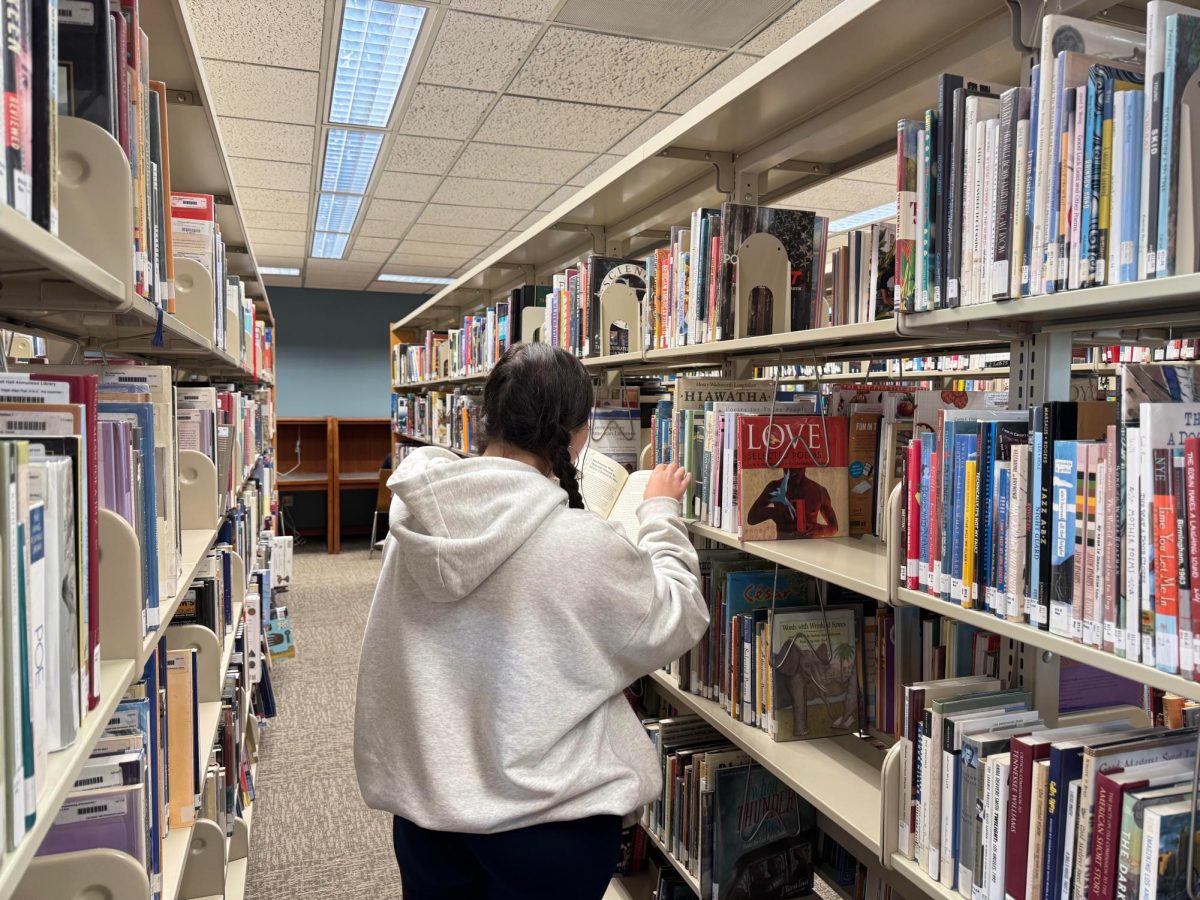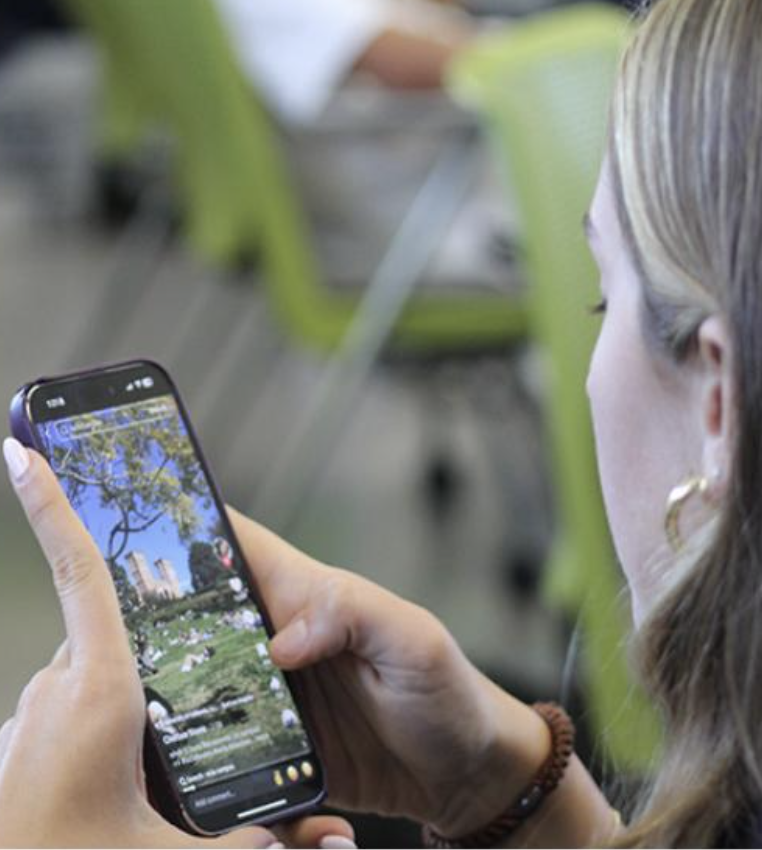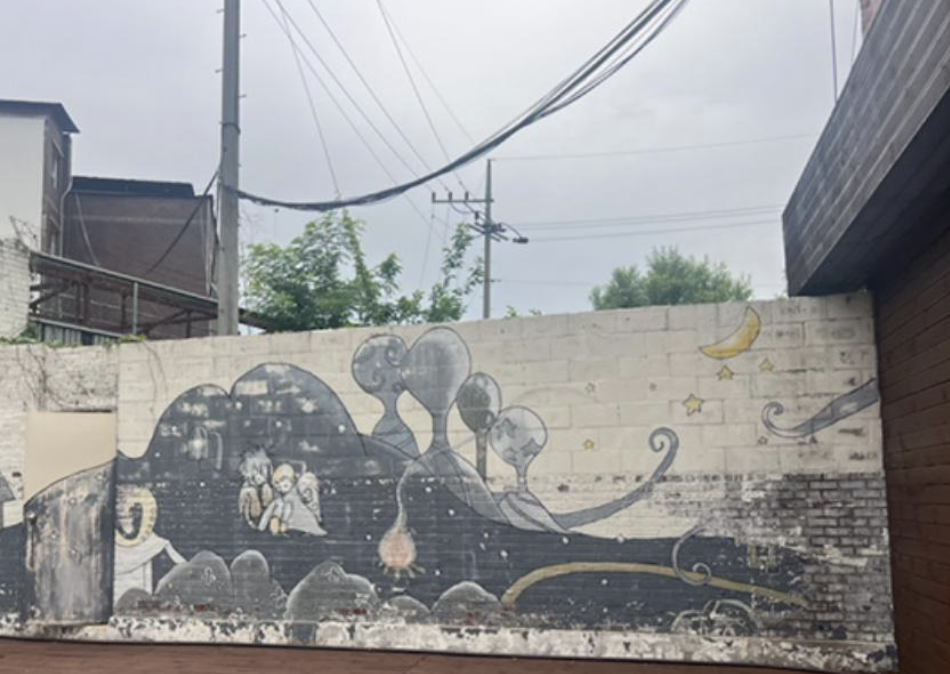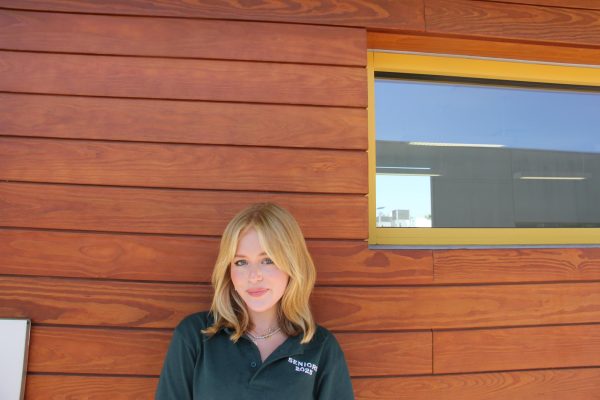Drunk Elephant, Glow Recipe, Summer Fridays. With recent cosmetics trends, the amount of young consumers is rapidly increasing. Yet, instead of products engineered for young skin, they choose to purchase products meant for adults. As these eight to 12-year-old ‘Sephora kids’ experiment with makeup and skincare, concerns are raised regarding their appeal, and what the potential dangers may be.
Arianna Eberly ‘30 is very educated on skincare and makeup products. She recognizes that beauty trends can be easy to follow, but tries to stick to buying products that work for her skin. Trying not to purchase based on a brand’s popularity, Eberly feels that there are many different factors to take into consideration when choosing the right products.
“My skin is really mixed and sensitive,” Eberly said. “So I just do what’s right for me, which usually aren’t Drunk Elephant and Glow Recipe [brand products]. I don’t like getting stuff that I don’t need.”
Cece Ryan ‘29 doesn’t feel the pressure of trends herself, but she recognizes how her peers may be influenced to buy certain products because of what they see online. She believes that social media influencers can sway young consumers into buying products they’re using, but also thinks that the appeal also stems from a desire for conformity.
“I’ve definitely seen people get pressured because an influencer has a product,” Ryan said. “Also, if a lot of people have a certain product, you’re more likely to want it too so you can fit in. You might want to be like them, or look like them, and I don’t think that’s a good thing for kids to be worrying about.”
Tessa White, mom of Phoebe White ‘29, has noticed the rising popularity of makeup and skincare products within younger generations. She believes that there are both upsides and downsides to the beauty industry, and she recognizes that although it is deeply rooted in consumerism, there are important lessons that can be taught regarding self care.
“The more positive side is that it’s good to teach kids at a younger age to practice good self care,” White said. “So [with that] they’re learning to put [the right] stuff on their bodies, taking care of their skin, putting good food in their bodies.”
White’s daughter uses skincare products in her daily routine. White believes that the main products that P. White uses, like moisturizer, SPF, toner and serum, are actually worth the money—in comparison to other expensive and unnecessary products. A trip to Sephora can become costly after buying only a few products, so White believes that it’s important to set boundaries and make kids aware of how much things actually cost. Especially since product displays use visual marketing tactics, White finds it helpful to consider what’s actually necessary for kids to use.
“We have created some rules [for] when we walk into Sephora,” White said. “[Asking questions like] ‘Are you going to be using your money, or this is a birthday gift?’ We’re just being mindful of how much we’re spending, since products can be expensive. I feel like it’s [important] to make kids aware of how much their products actually cost.”
Beyond cost, Ryan and Eberly both recognize the dangers of using products that aren’t safe for young skin. Neither use retinol, and they don’t believe that their peers should be exposed to it yet either. In an effort to make herself aware about what ingredients are safe for her skin, Ryan uses an informational app before buying new products. She believes that everyone, especially younger kids, should be using similar tactics, emphasizing the importance of product-awareness.
“I have this app, called Yuka,” Ryan said. “Where you scan products, or makeup, or sunscreen, and it tells you the ingredients, and if it’s healthy for your skin or not. It makes me aware of the hazardous stuff in products. When I’m at Sephora, it’s really easy to scan products I’m interested in, and it makes me feel better about buying them.”


